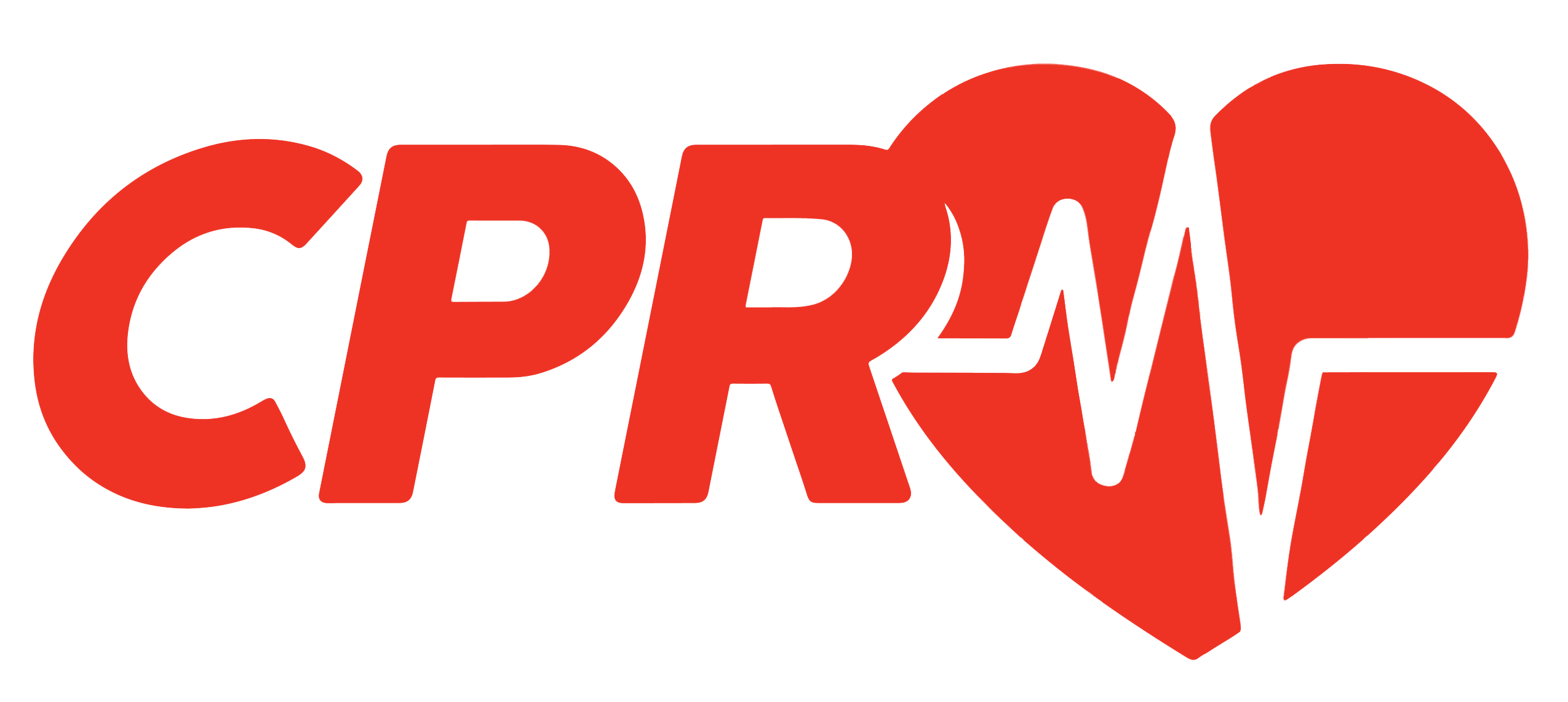Important Differences Between Adult and Child CPR
CPR stands for cardiopulmonary resuscitation, which involves assisting someone of any age when his or her heartbeat and breathing have stopped. There are two main steps to CPR: providing chest compressions to keep the blood moving when the heart isn’t pumping, and providing rescue breathing to give the lungs oxygen when someone can’t breathe on their own. You also check for a blocked airway.
The process of CPR is similar for assisting adults, young children, or infants, but there are key differences. CPR training defines an infant as a child who is less than a year old, a child as someone older than a year but who hasn’t reached puberty, and an adult as anyone who is at the age of puberty or older. Along with differences between adult and child CPR, there are also differences between child and infant CPR.
In contrast with adults, it isn’t usually cardiac arrest that causes a child to go unconscious. Typically, if the breathing and/or heartbeat in a baby or child stops, it’s the result of choking, suffocation, drowning, or another injury. In fact, infants and children are more likely than adults to survive following immediate CPR because kids’ bodies are more resilient than adults and because it’s usually an airway blockage that causes them to need CPR. It’s crucial that kids receive CPR right away to increase their likelihood of survival.
Before starting CPR, check that the infant or child is unconscious. With adult CPR, it’s generally recommended that you tap or shake the person, but be sure not to shake an infant. Methods to determine if a baby is responsive include tapping or flicking the soles of the baby’s feet or gently stroking the baby. If you don’t see movement or other responsiveness, begin CPR.
To check the airway of a child or infant, gently and slightly tilt the head back and lift the chin. When you check to see if an infant is breathing, be aware that babies sometimes have periodic breathing patterns, so listen closely. If there’s no breathing, no pulse, and unconsciousness, begin CPR. Assess the situation carefully; there’s a good chance with infants and young children that you’re dealing with a blocked airway from food or a foreign object, which means you need to do first aid for choking instead of CPR. If you can’t tell that the airway is blocked and aren’t sure why a baby isn’t breathing, perform CPR.
With adult CPR, we’re taught that if we’re alone and have to choose between starting CPR and dialing 911, we should dial 911 first. With babies and children, it’s the opposite. Start by doing five cycles of compressions and breaths right away, a process which takes around two minutes. As with adults, give 30 chest compressions and then two rescue breaths; this counts as one cycle.
With rescue breathing for a child, pinch the child’s nose shut, and then use your mouth to make a seal over child’s mouth. With an infant, use your mouth to make a seal over both the infant’s mouth and nose. While performing chest compressions on a child, use only one hand instead of the two you’d use with an adult, and breathe more gently. With an infant, only use two fingers and not your whole hand.
If you perform five cycles without a response from the child, call 911. The operator may guide you in the use of an AED (automated external defibrillator) if there’s one nearby.
You may have heard of a method of CPR where you do chest compressions but don’t do rescue breathing. This is intended for situations in public where an adult collapses and needs help from a stranger (who may be more willing to do CPR without rescue breathing). Don’t use this compression-only CPR with children; instead, use conventional CPR where you alternate 30 compressions with two breaths.
The best way to make sure that you’re current on proper CPR techniques for babies and young children is to take a class. If you know infant and child CPR, you might save the life of a child. Statistics show that if you do use CPR to assist a child, you’ll most likely be helping your own child in your own home. Many of SmartEarly’s teachers are certified. To find classes near SmartEarly in Clifton Park, try the New York office of the Red Cross at http://www.redcross.org/local/ny/new-york/cpr. You can complete a combination pediatric CPR/first aid class in a day and for less than $100.


